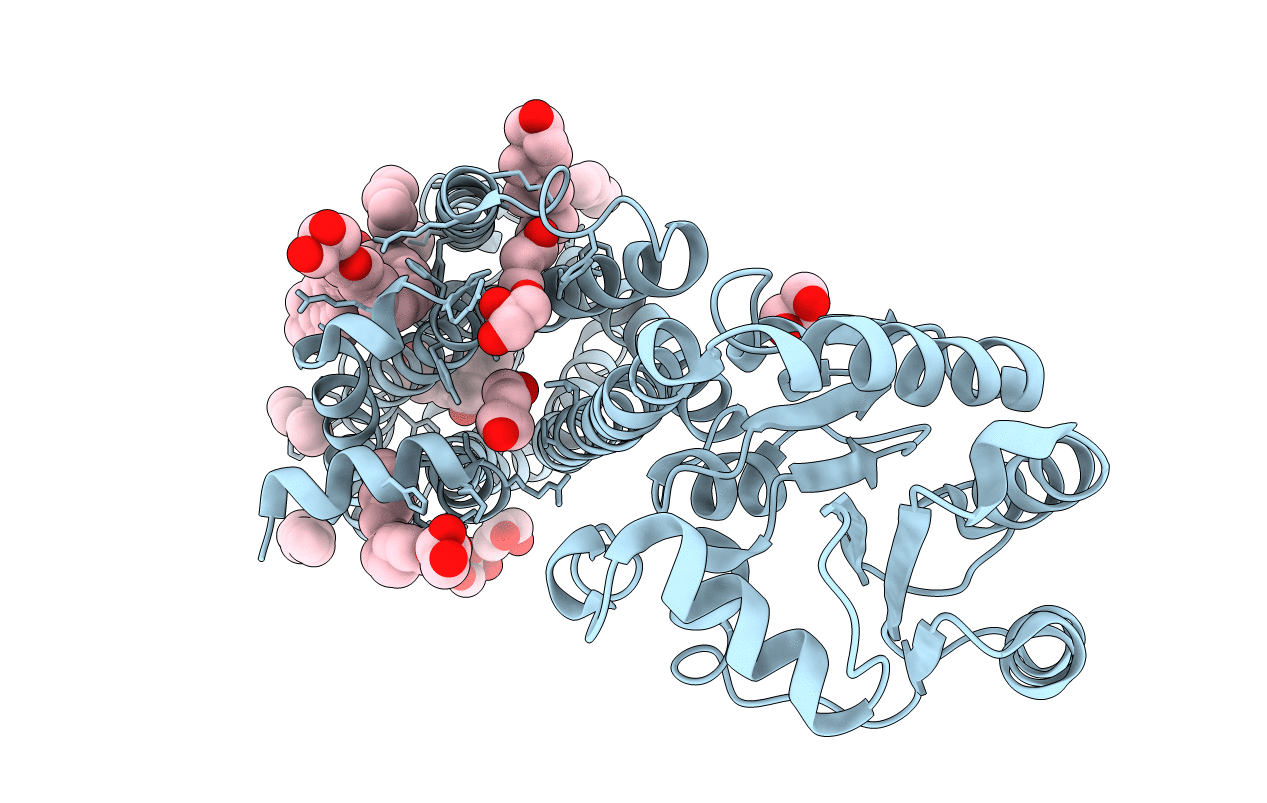
Deposition Date
2021-07-19
Release Date
2022-06-15
Last Version Date
2024-10-23
Entry Detail
PDB ID:
7FEE
Keywords:
Title:
Crystal structure of the allosteric modulator ZCZ011 binding to CP55940-bound cannabinoid receptor 1
Biological Source:
Source Organism:
Homo sapiens (Taxon ID: 9606)
Pyrococcus abyssi GE5 (Taxon ID: 272844)
Pyrococcus abyssi GE5 (Taxon ID: 272844)
Host Organism:
Method Details:
Experimental Method:
Resolution:
2.70 Å
R-Value Free:
0.31
R-Value Work:
0.29
R-Value Observed:
0.29
Space Group:
P 2 21 21


